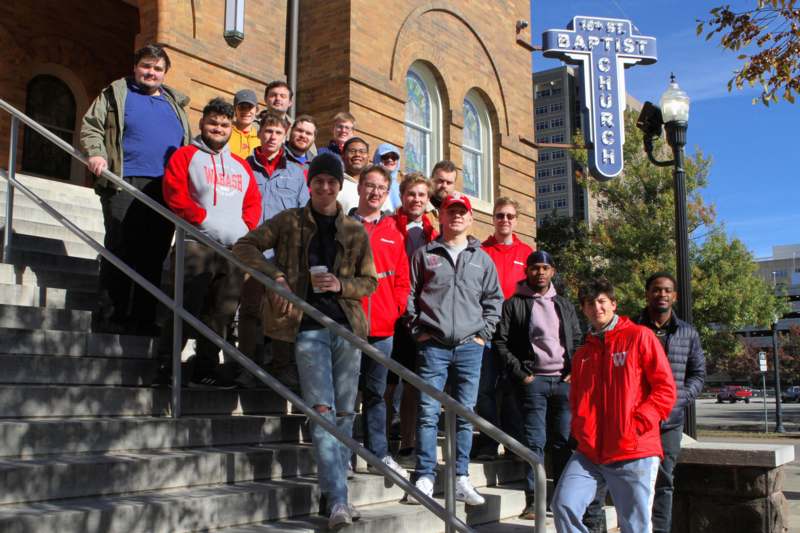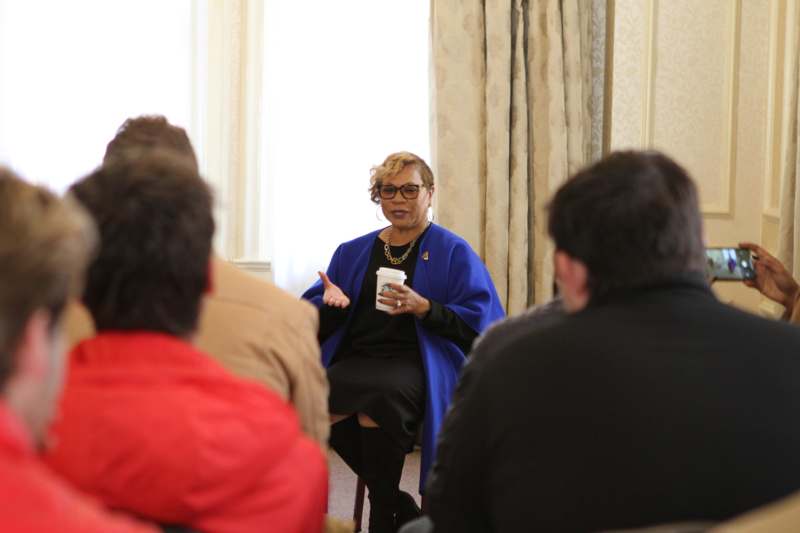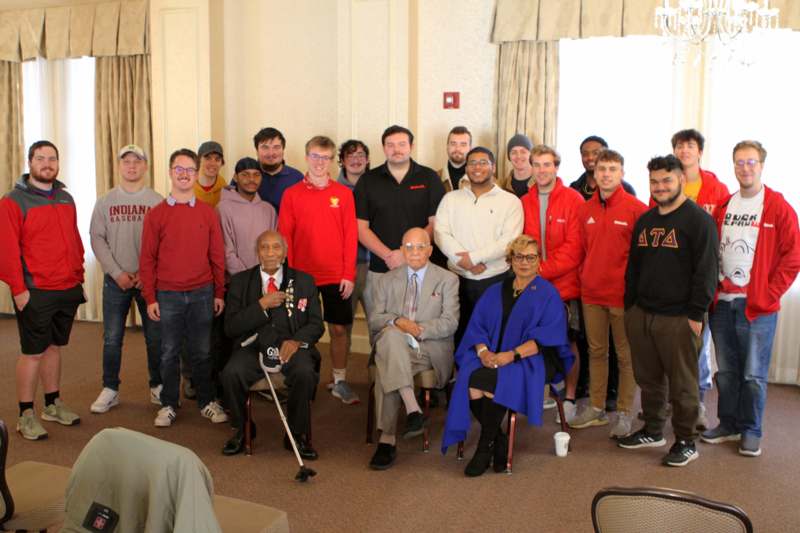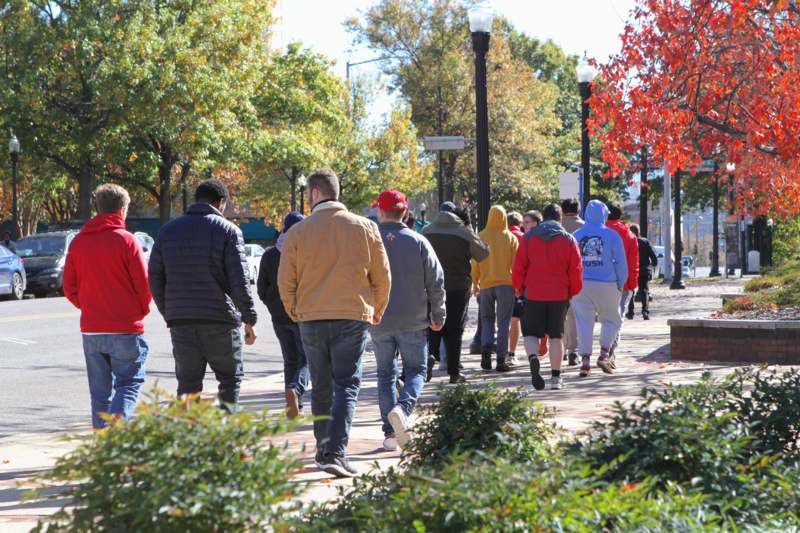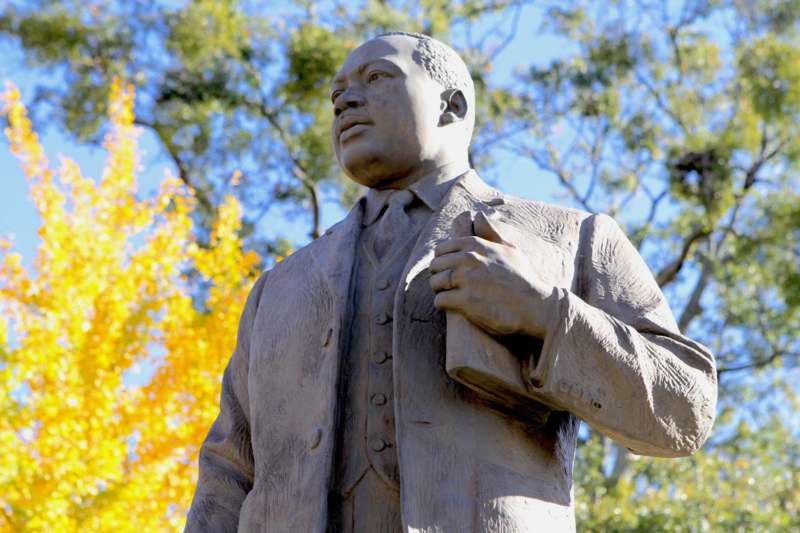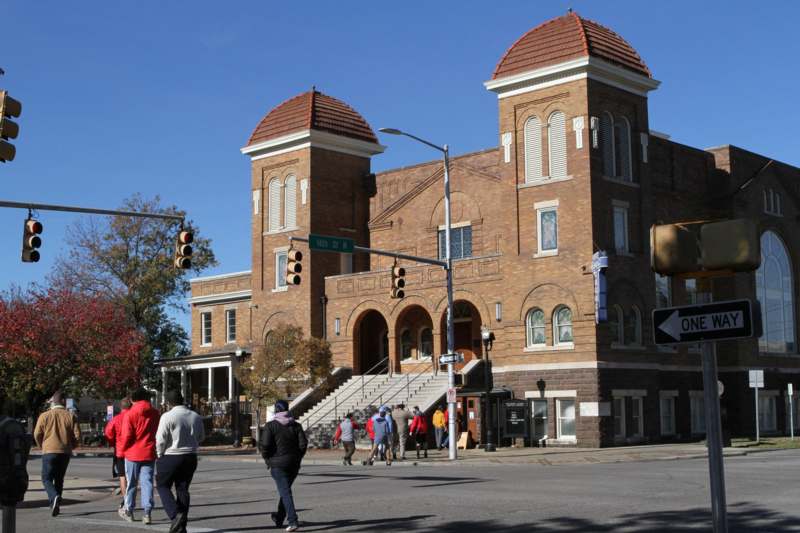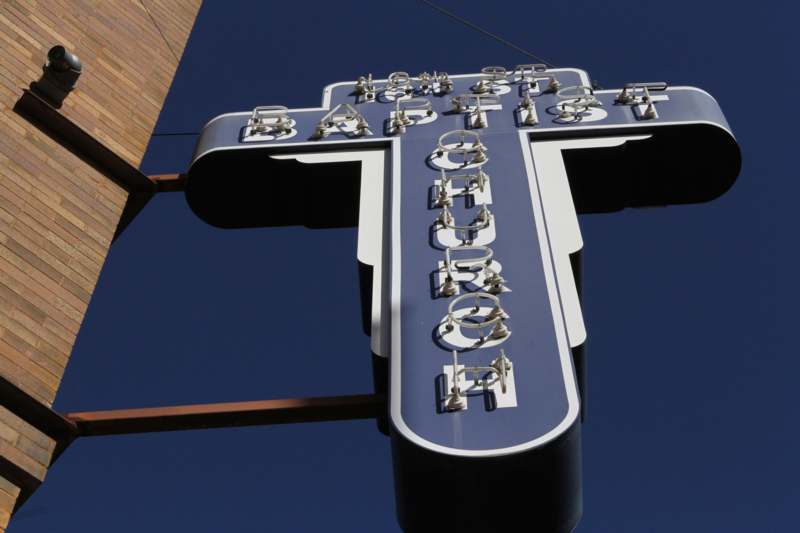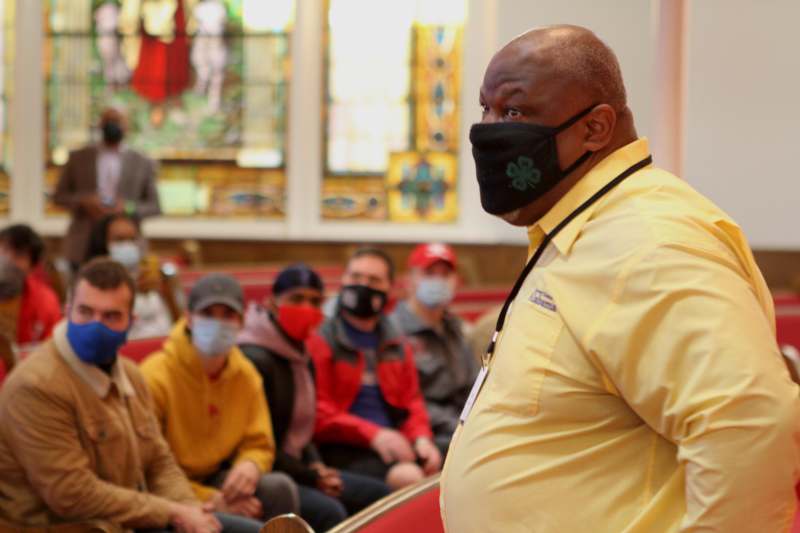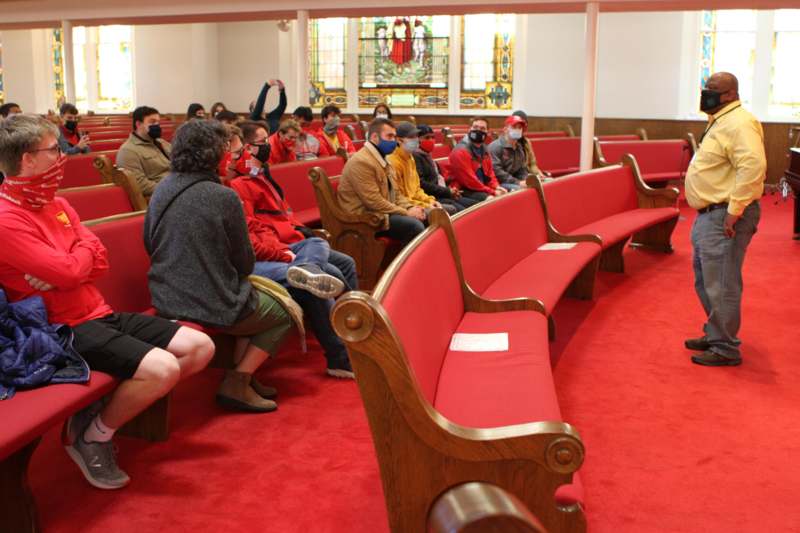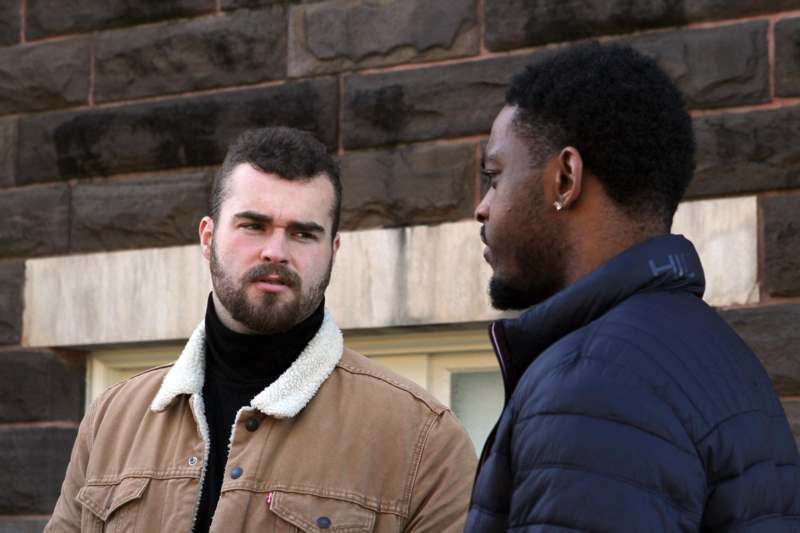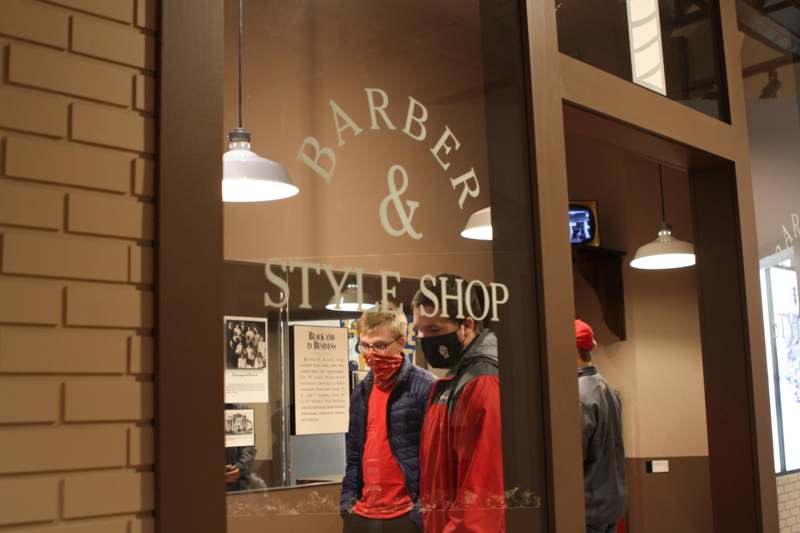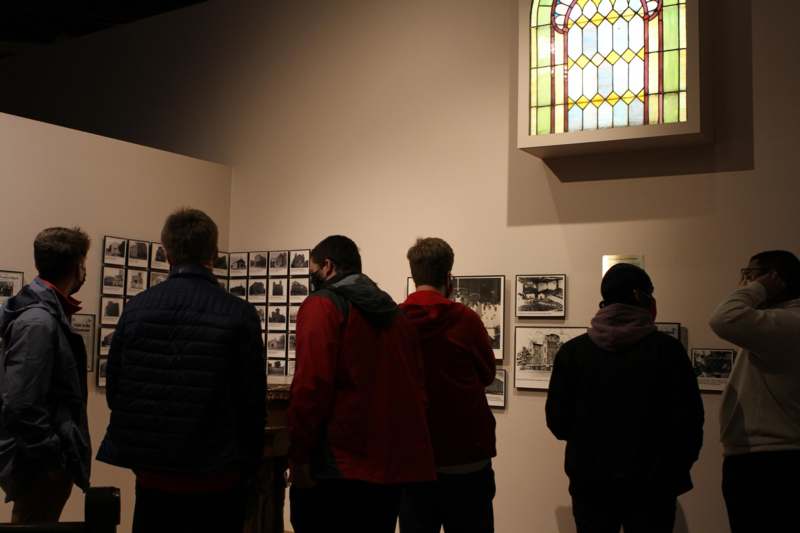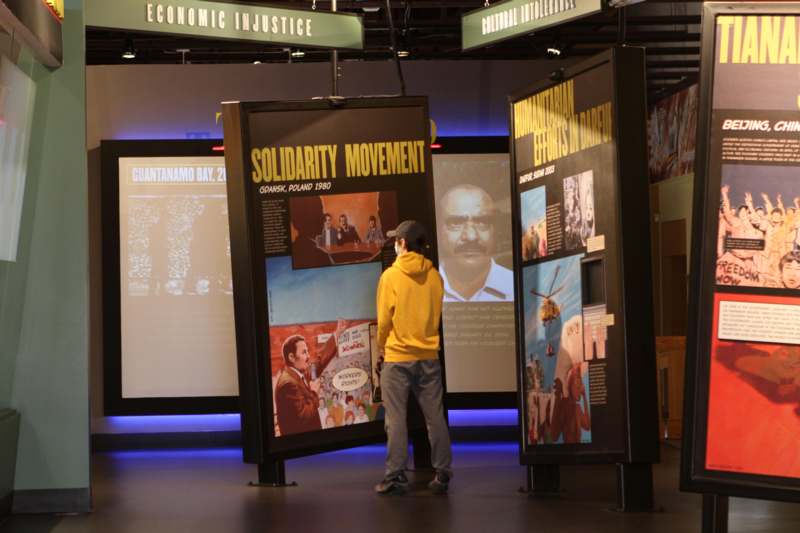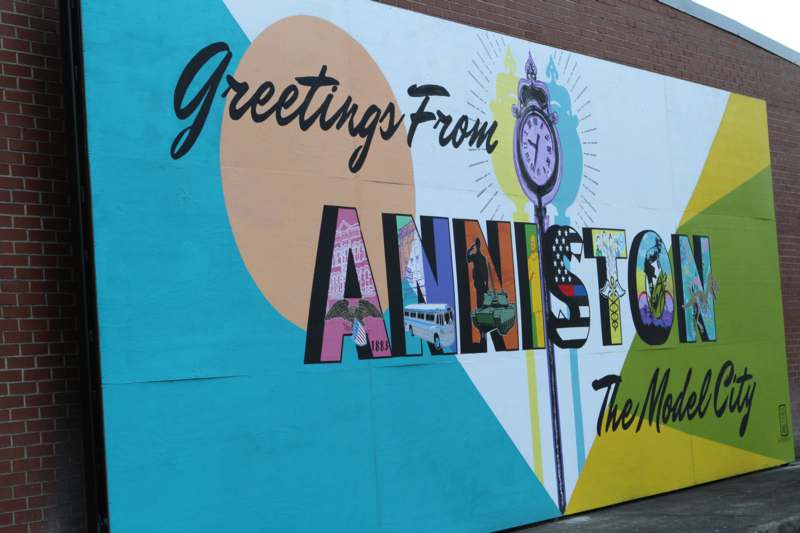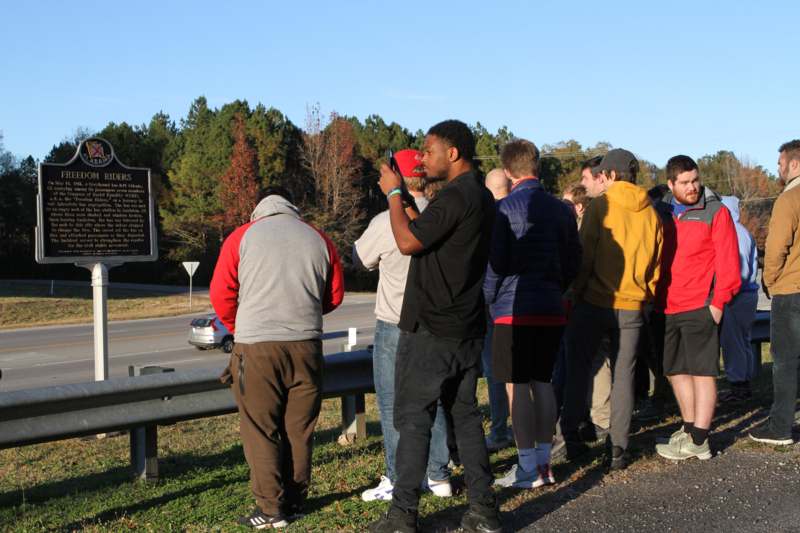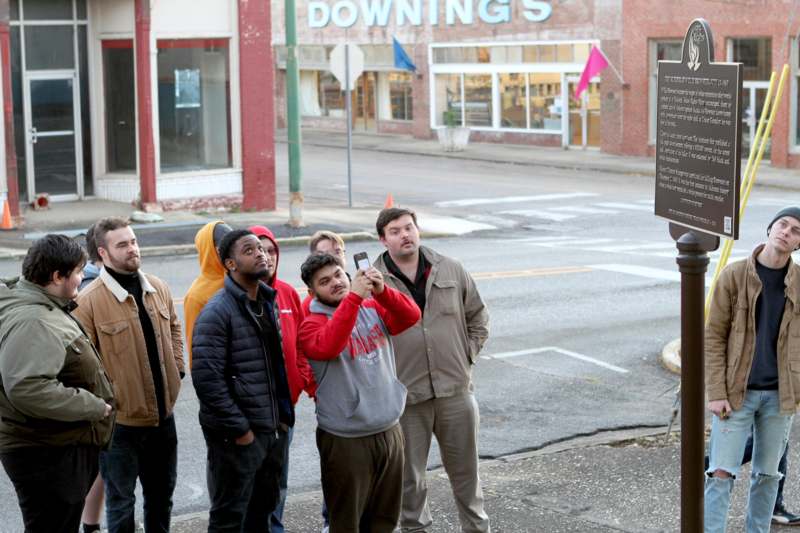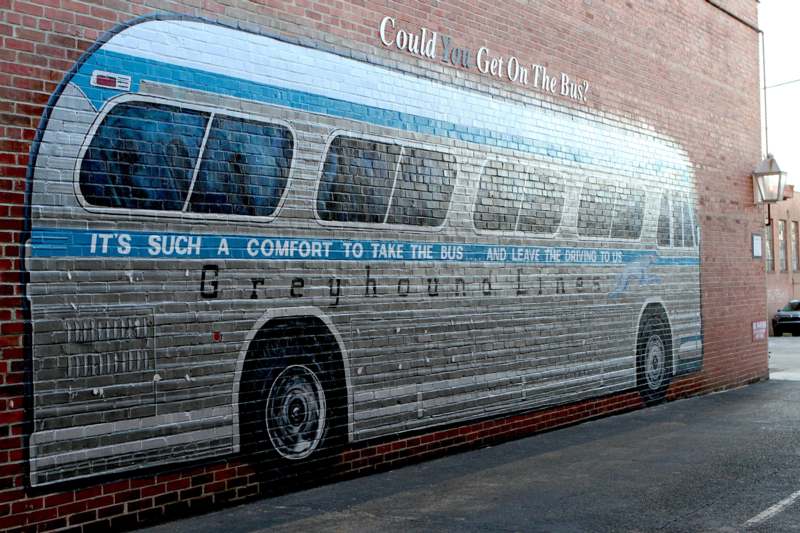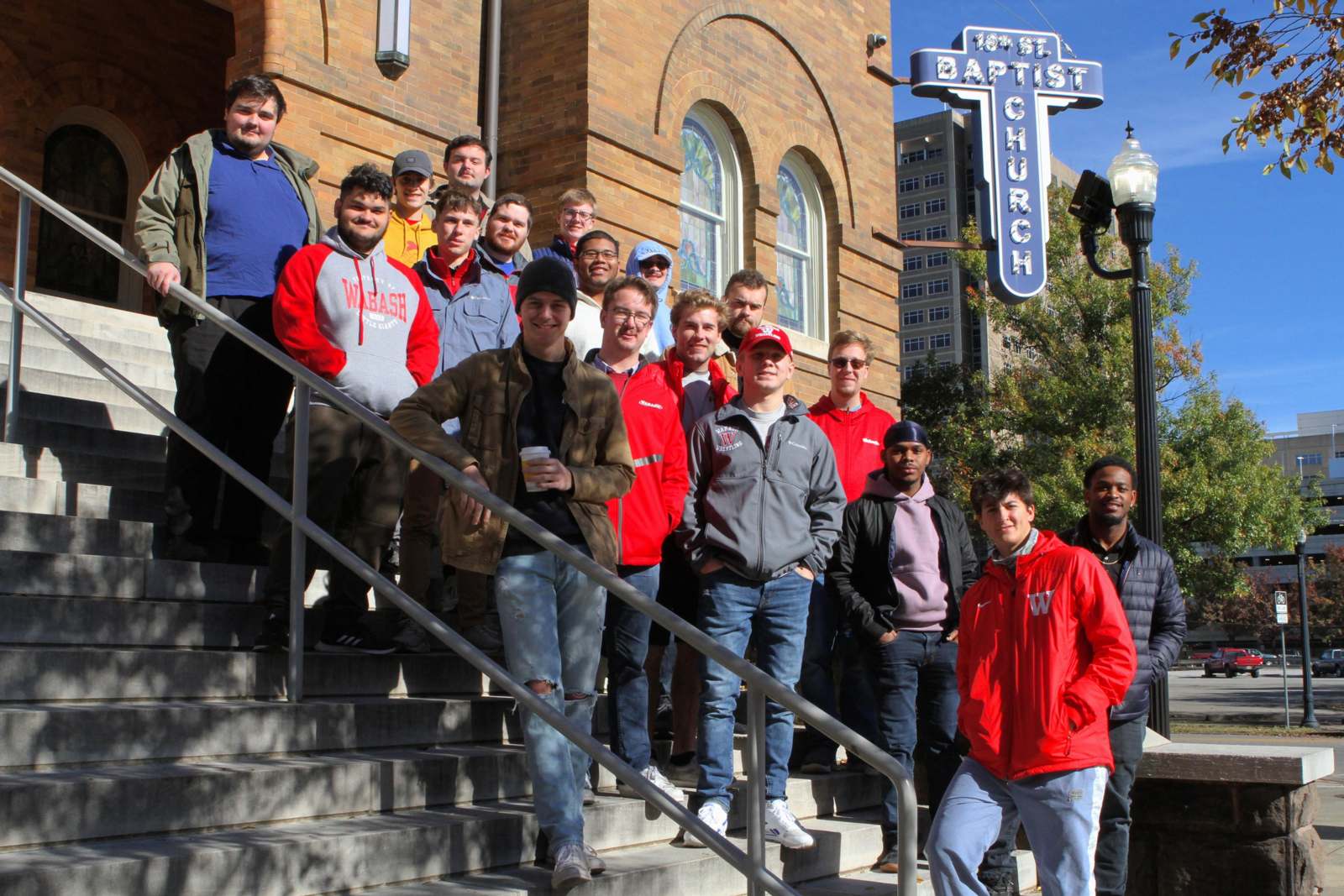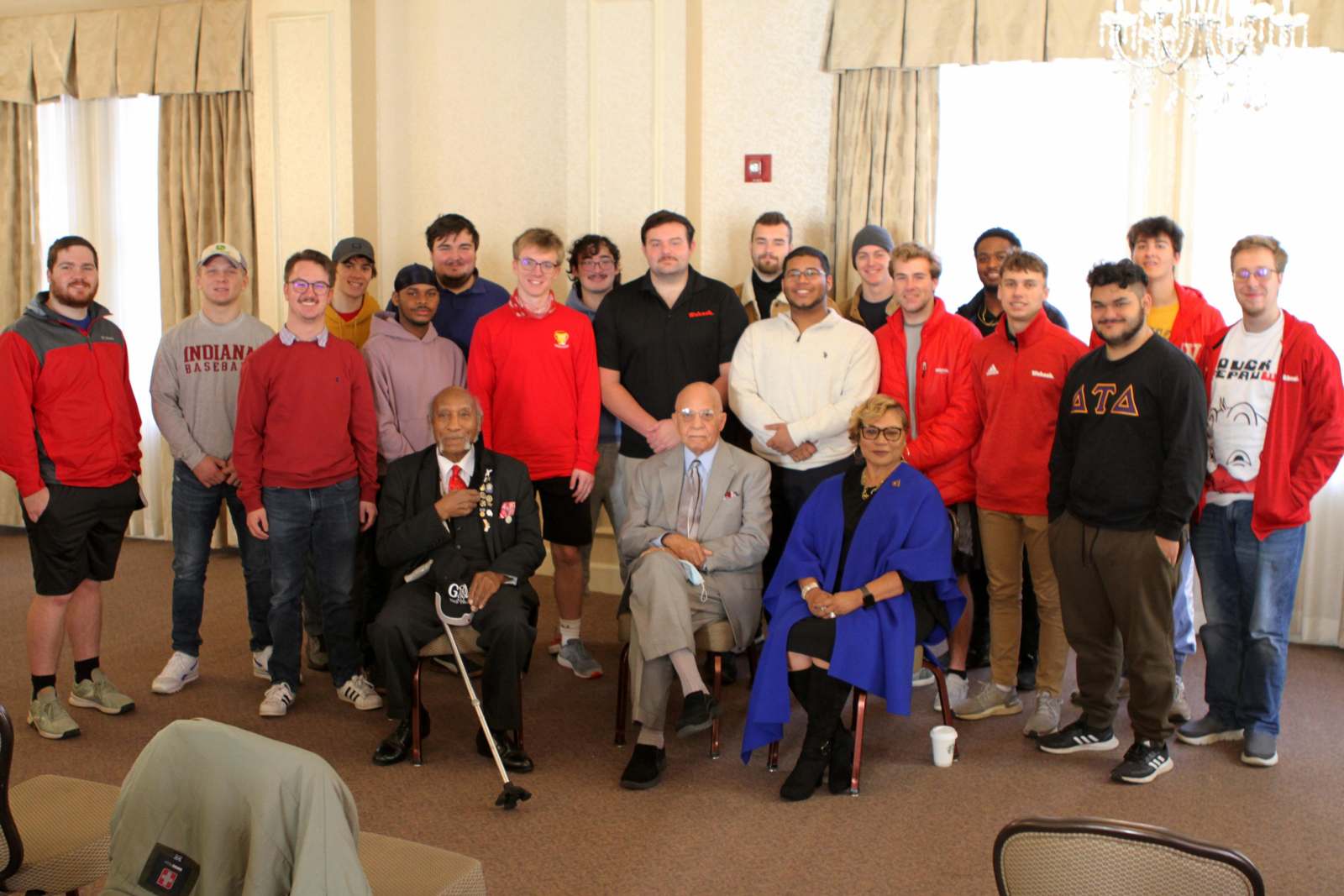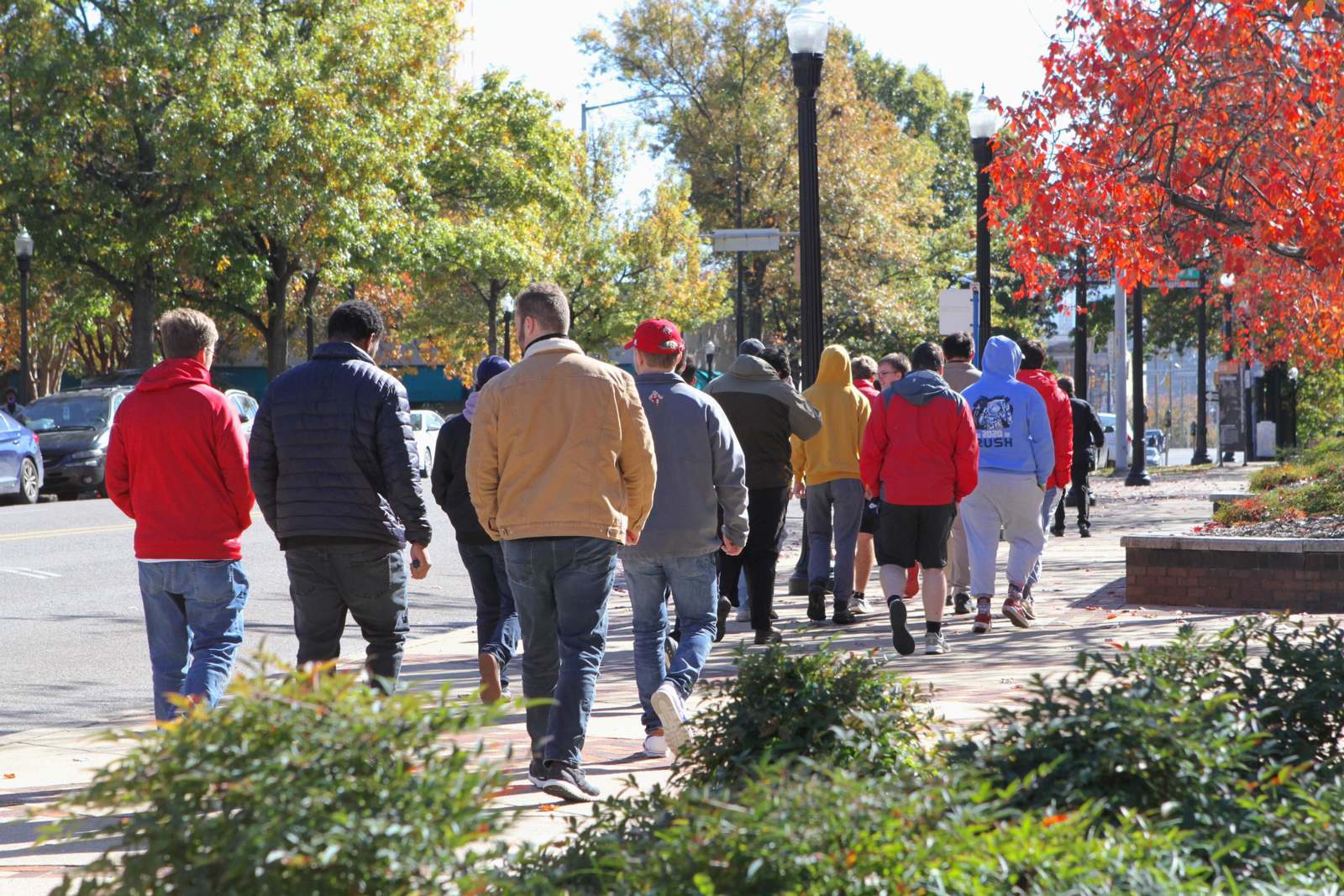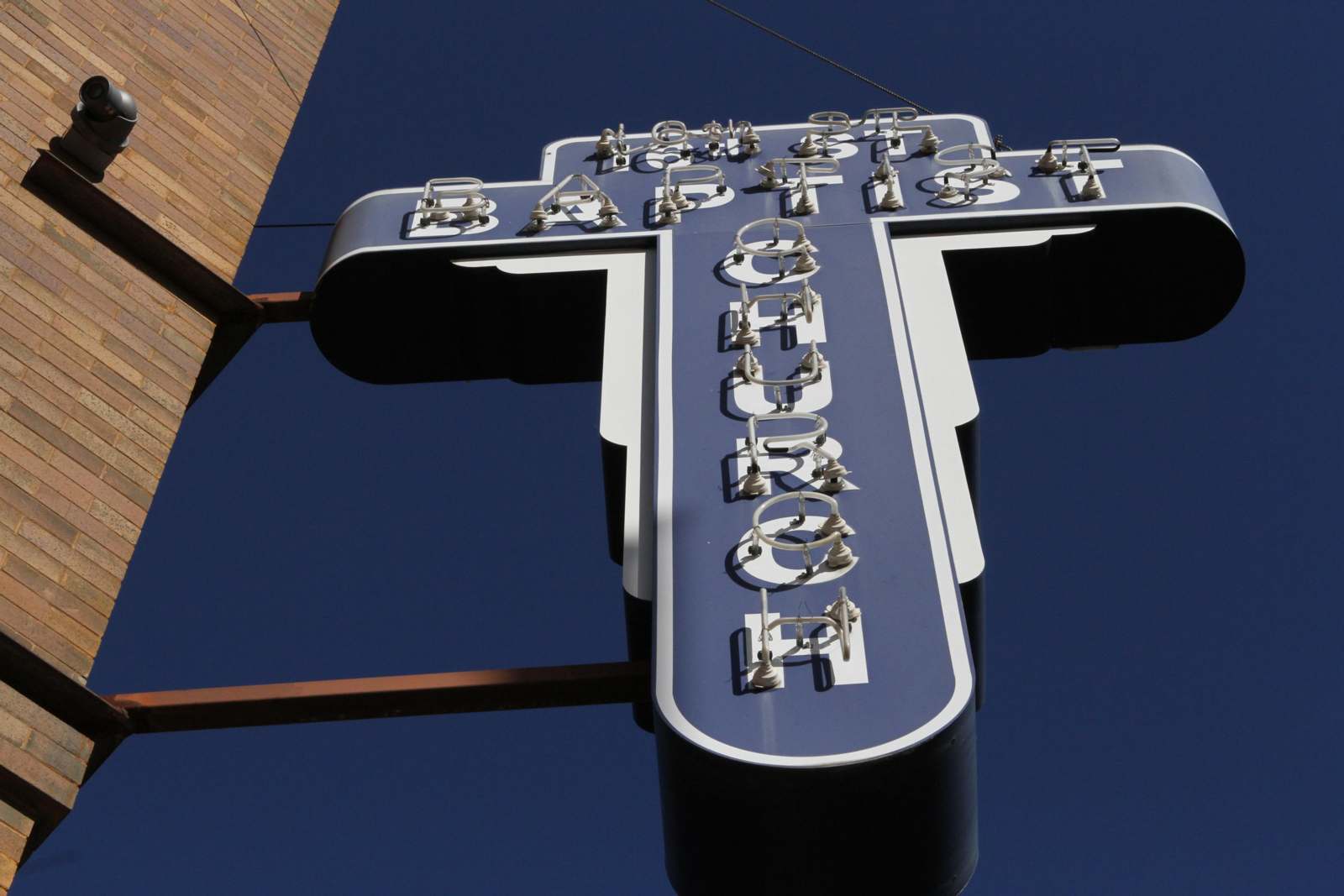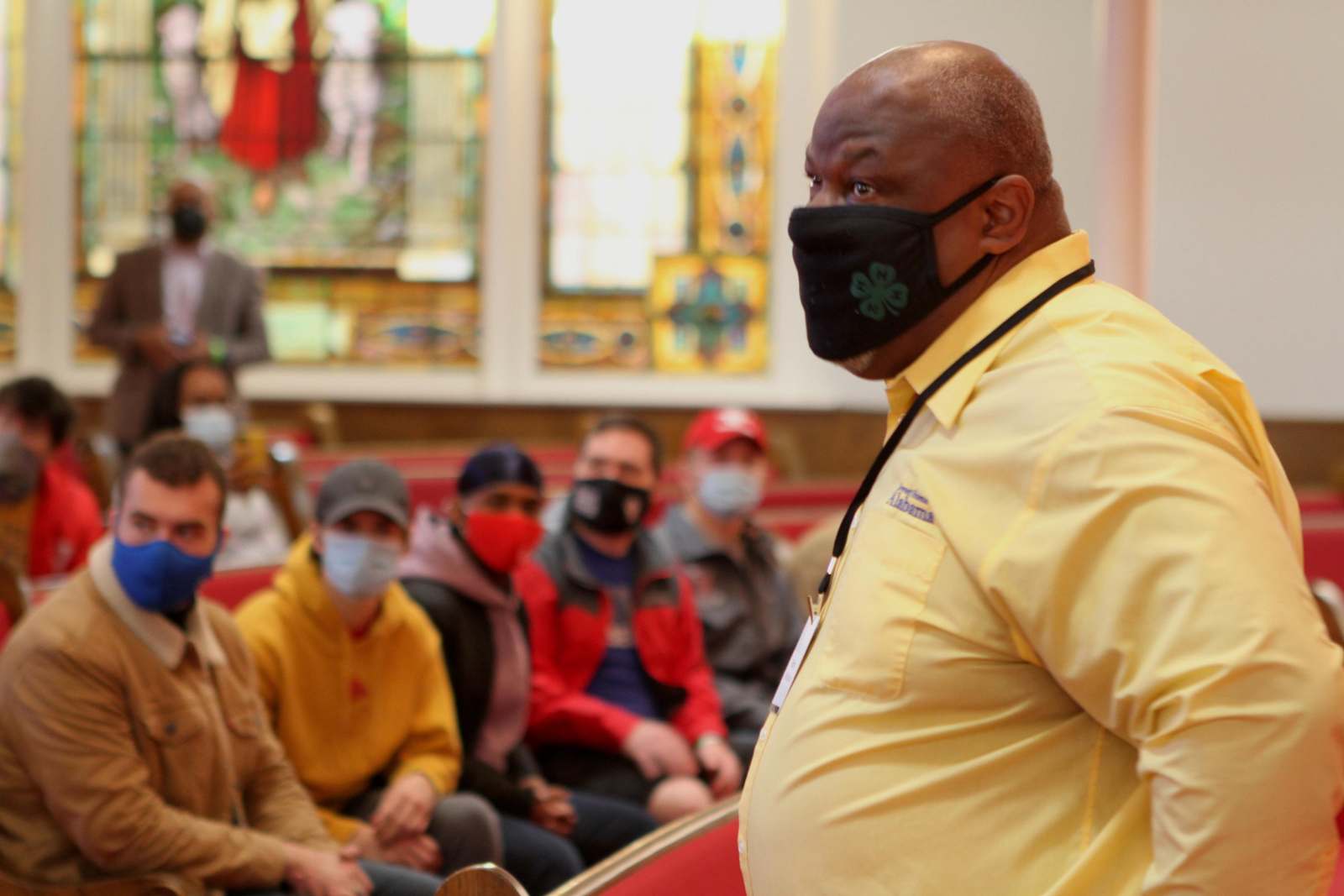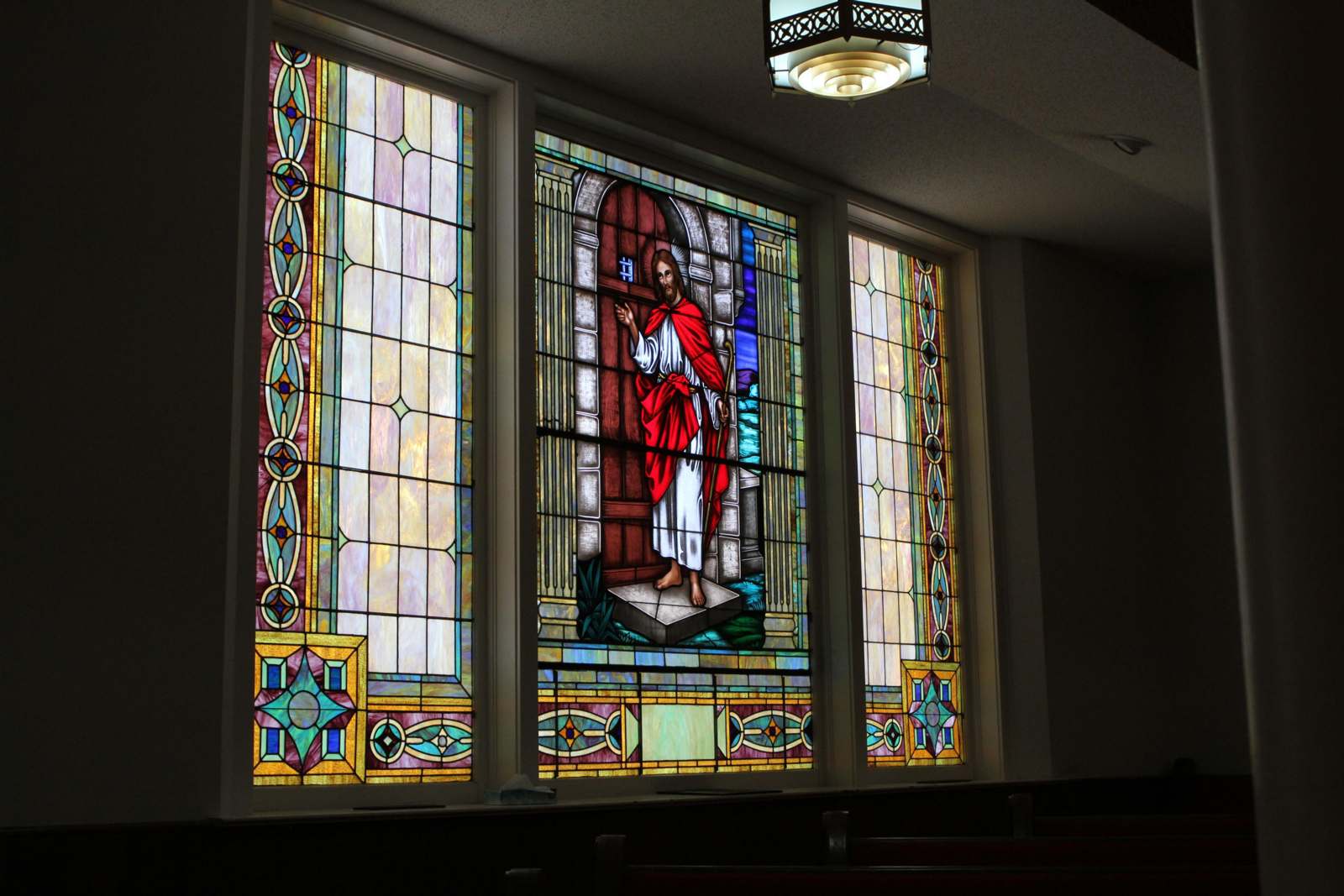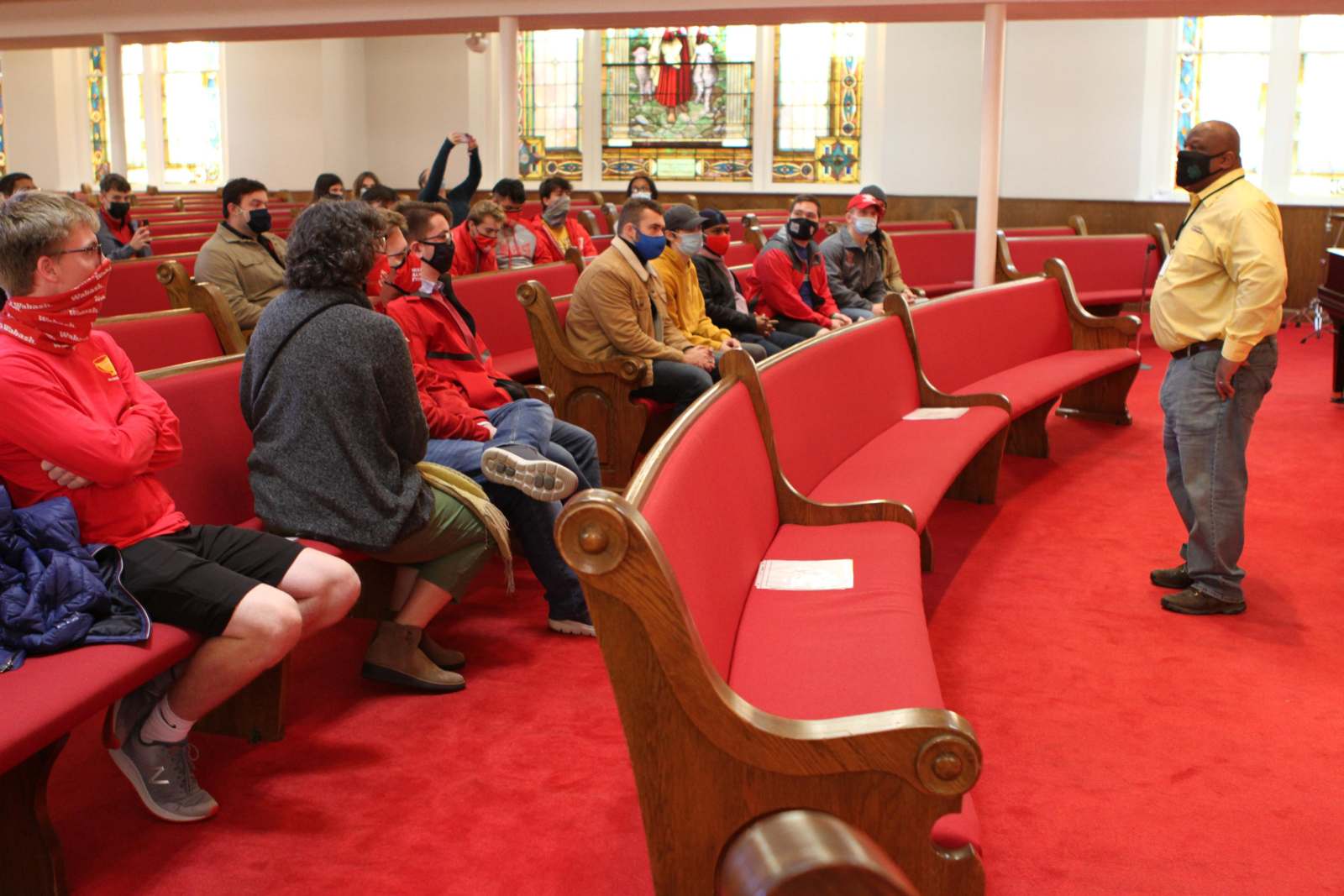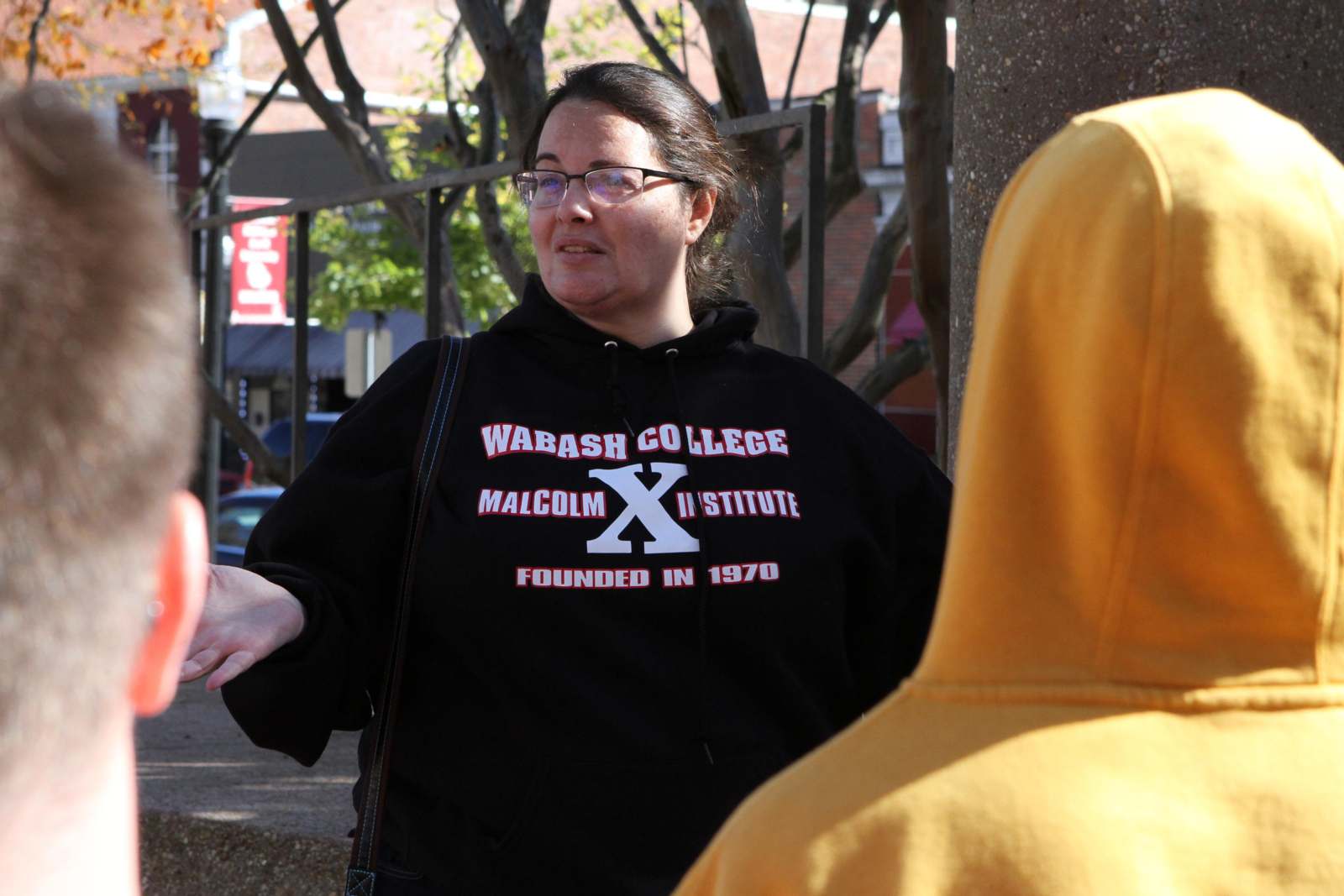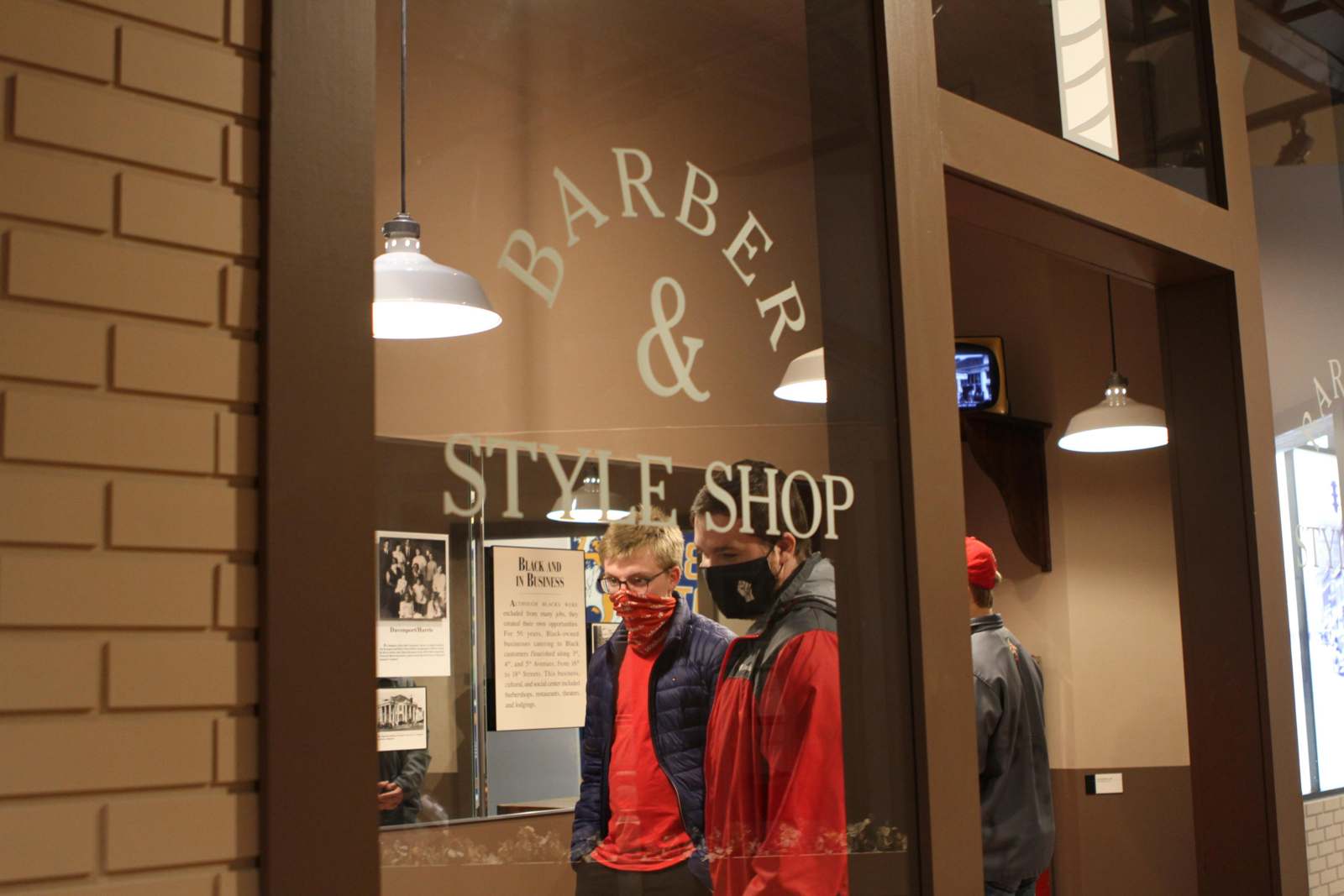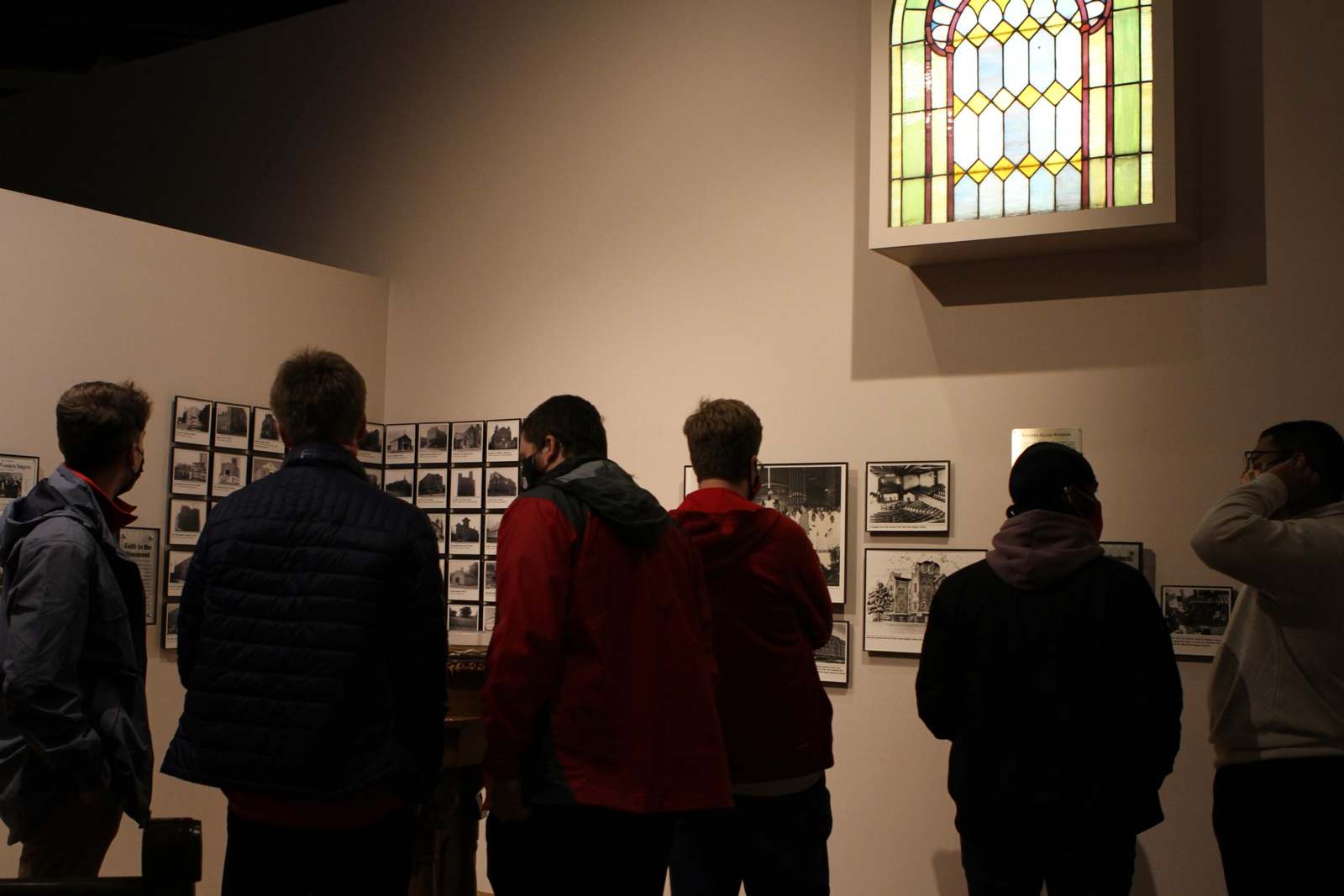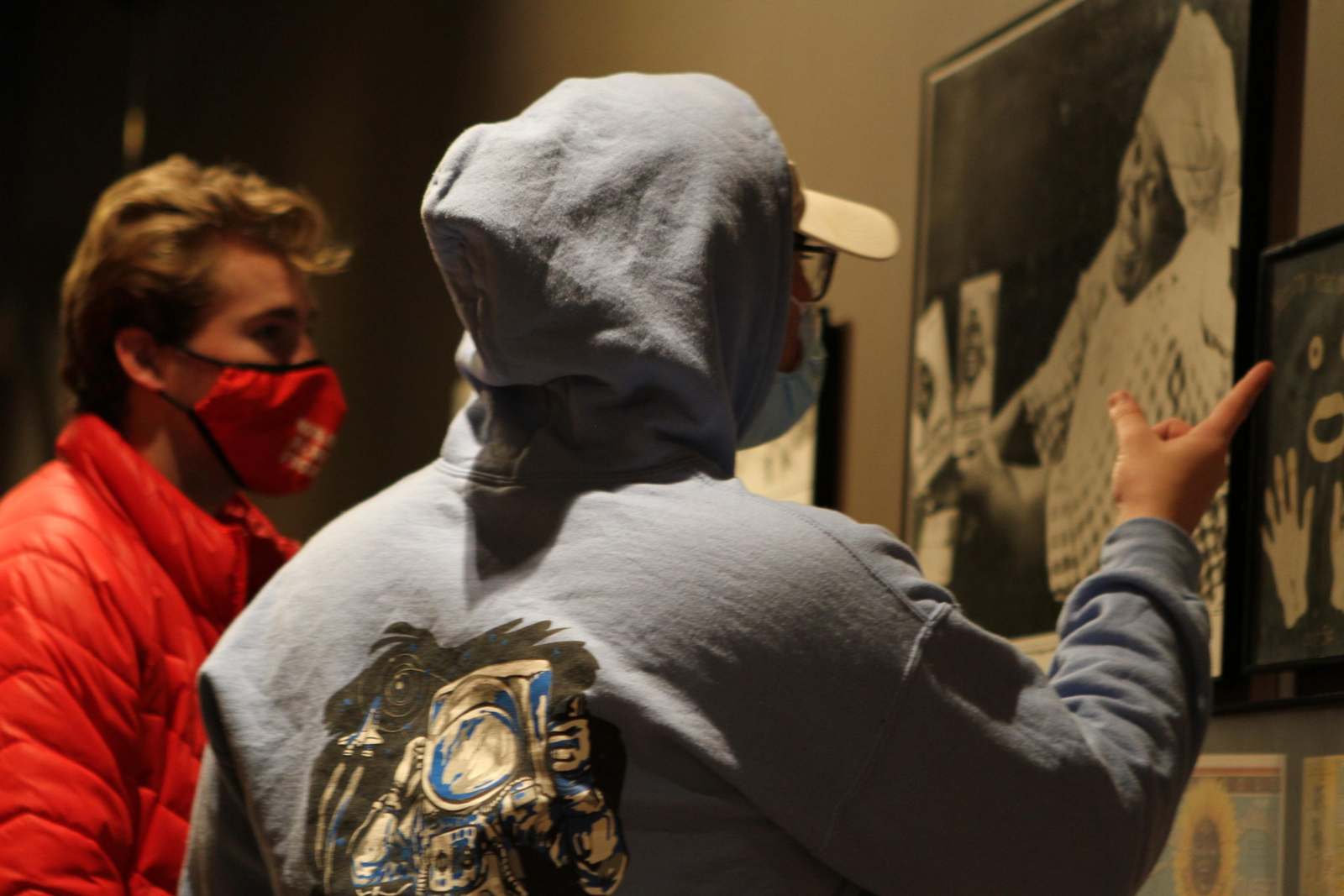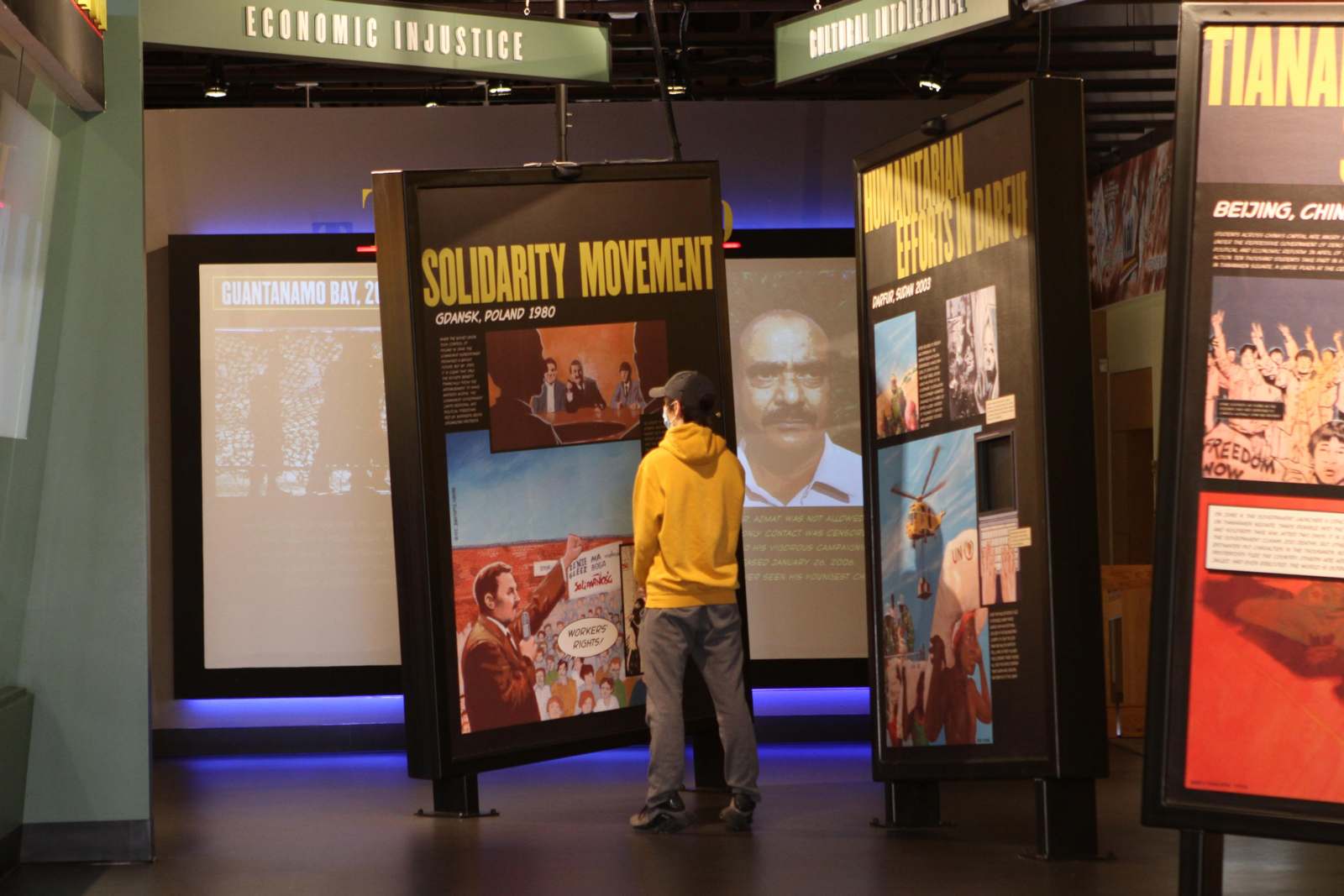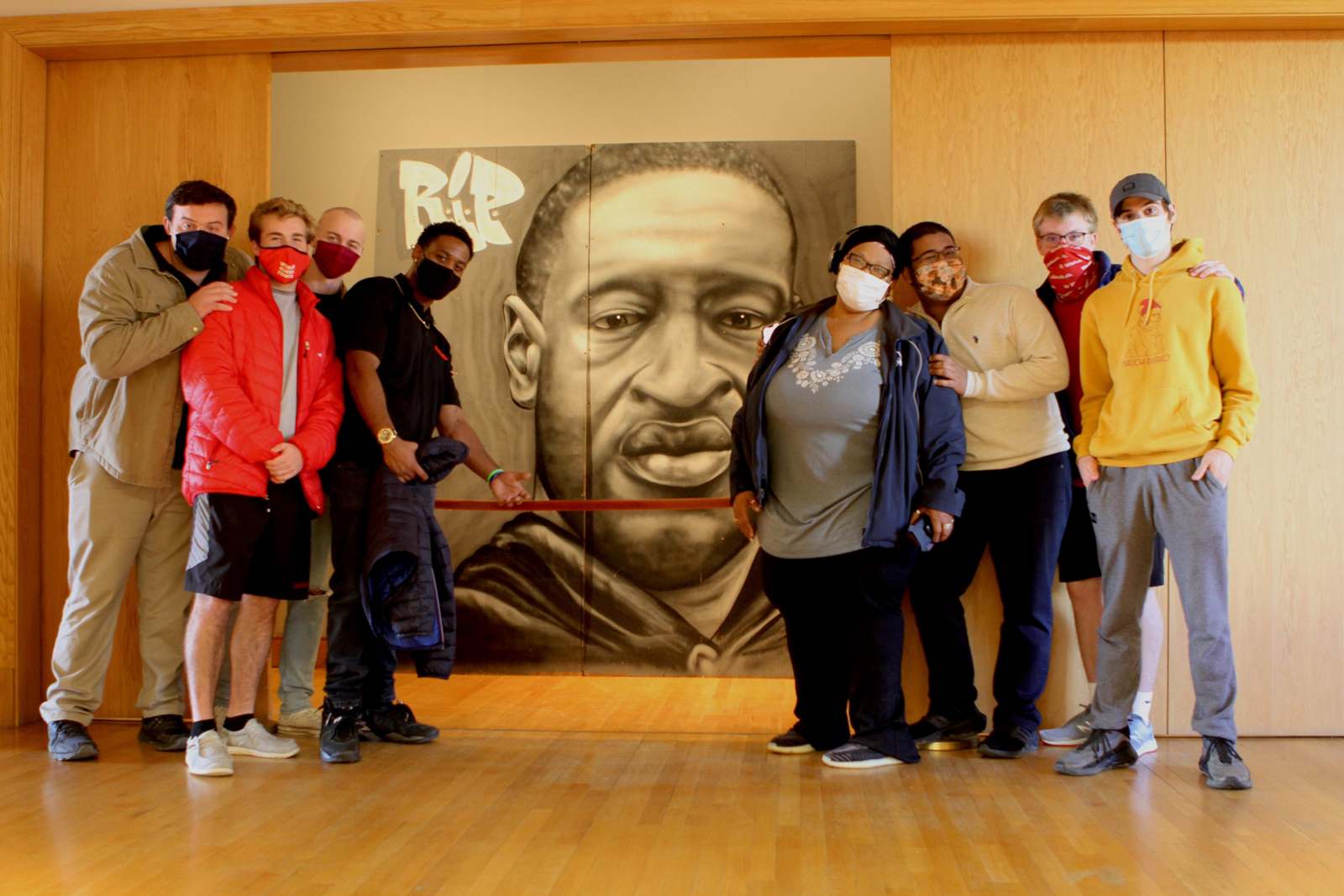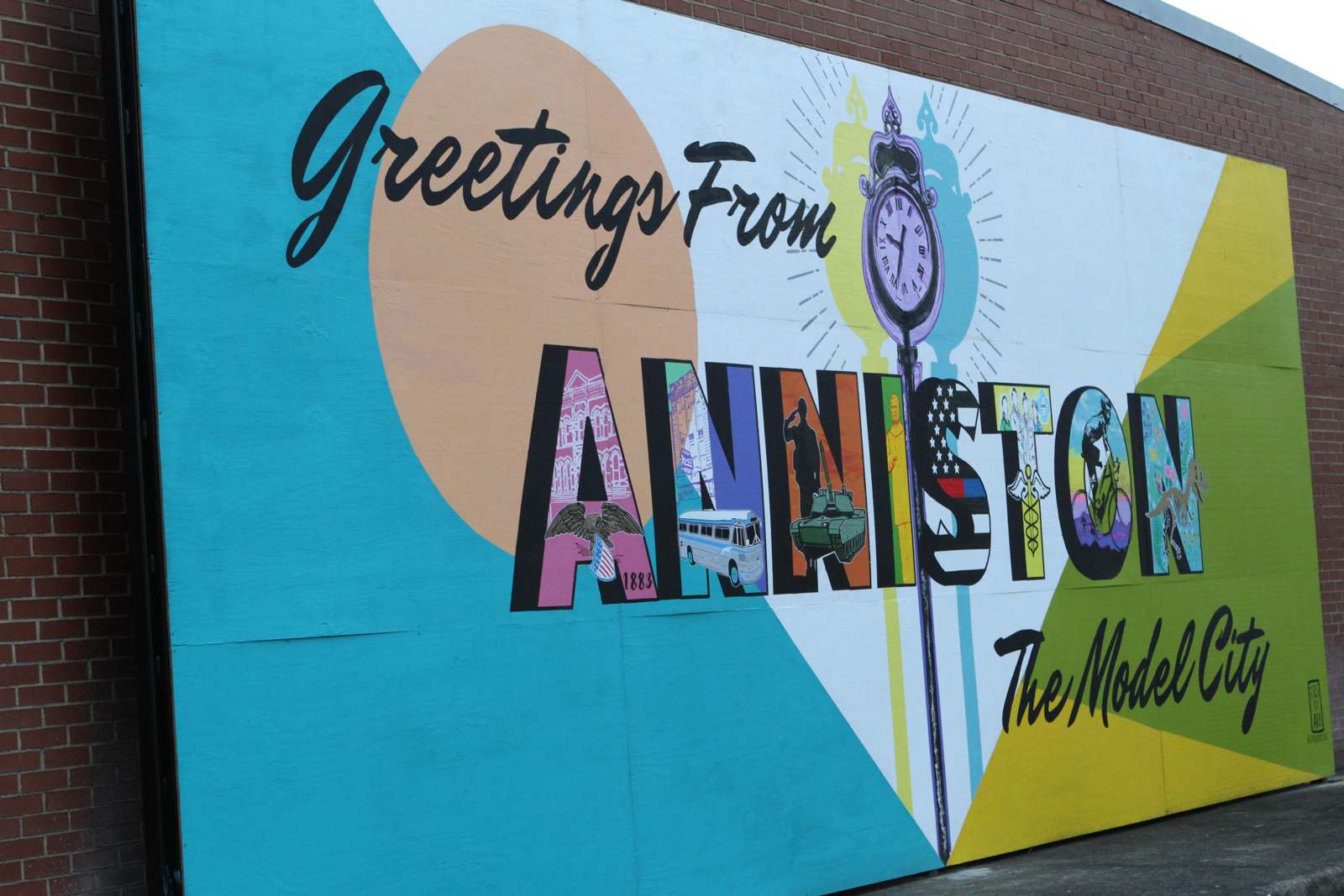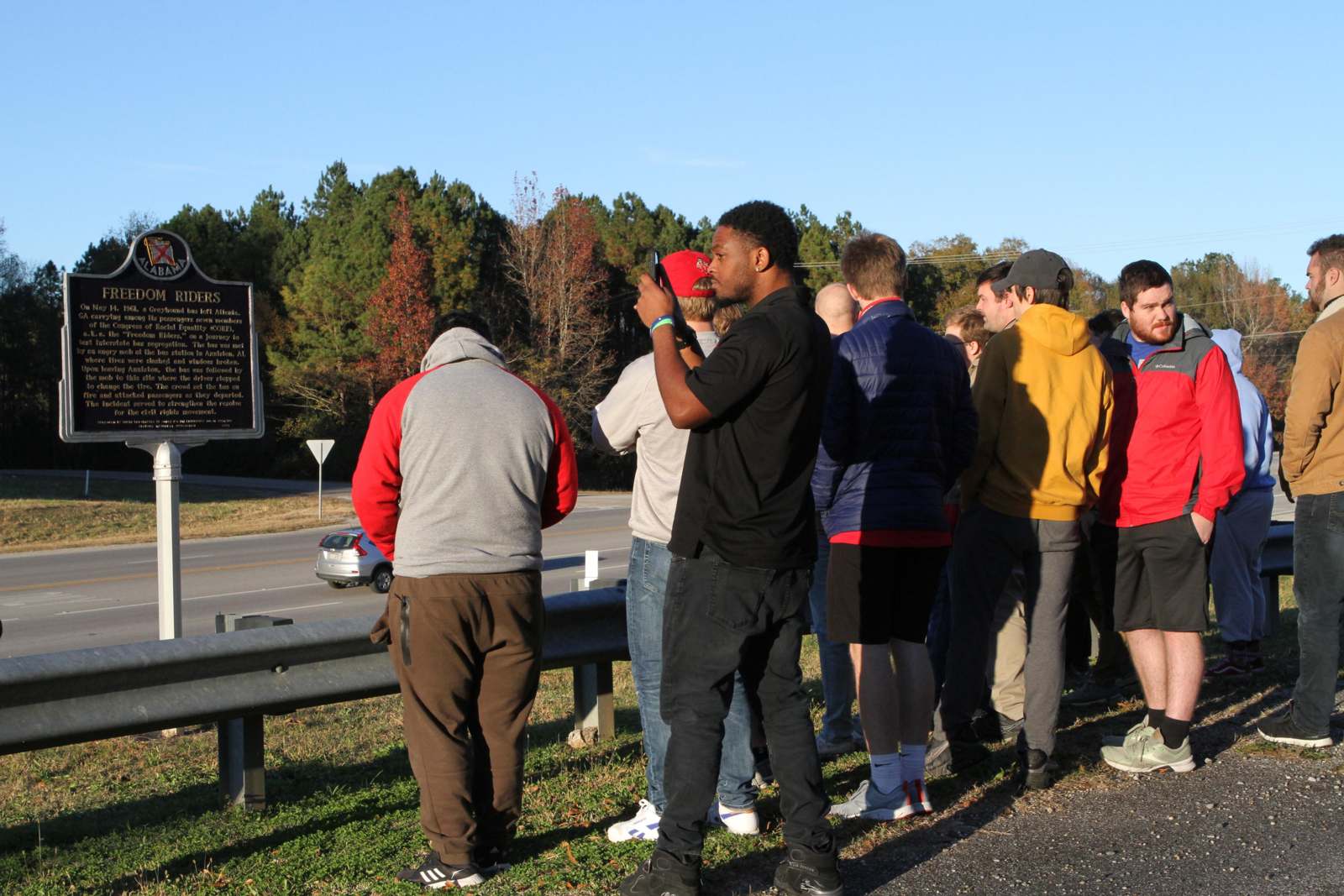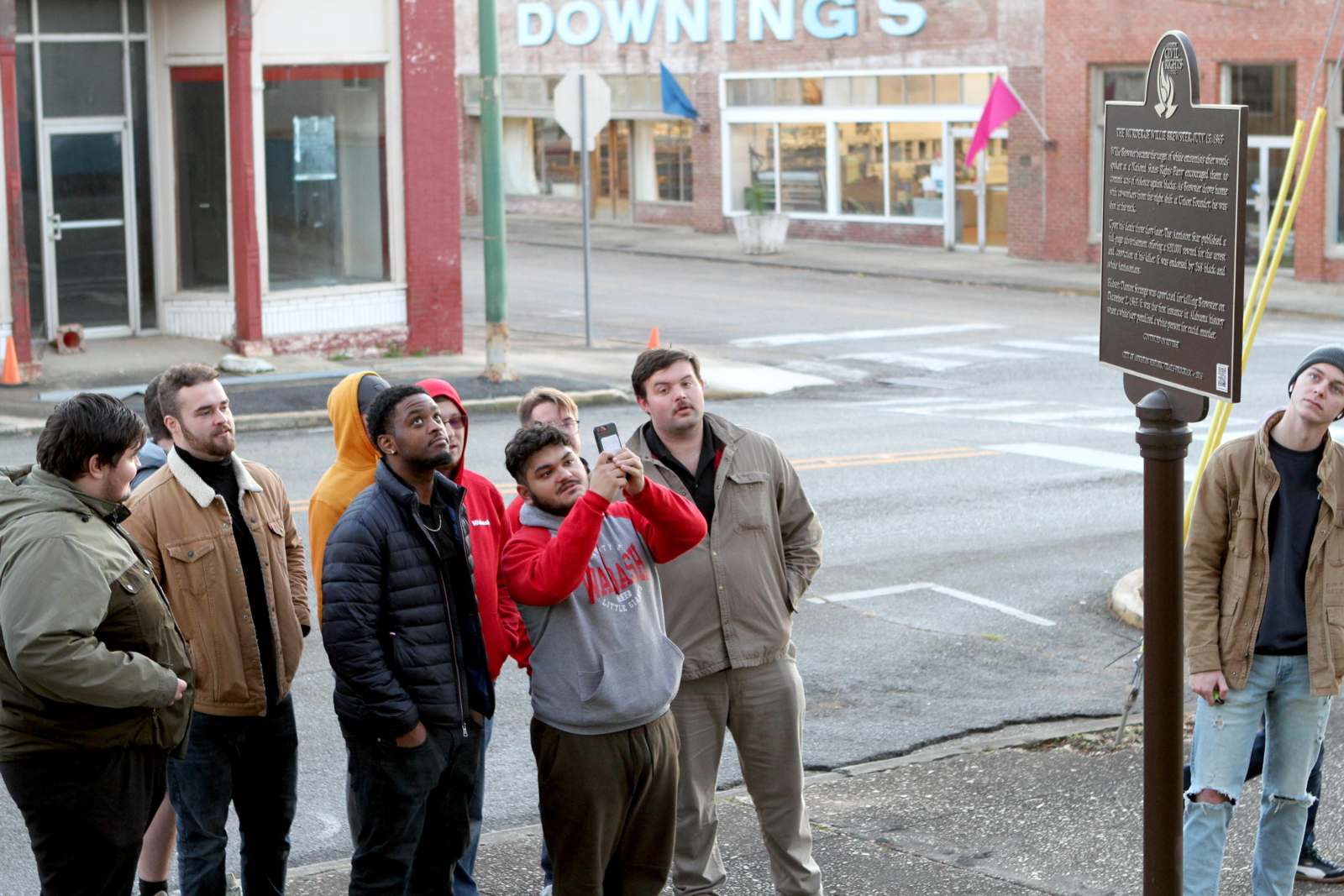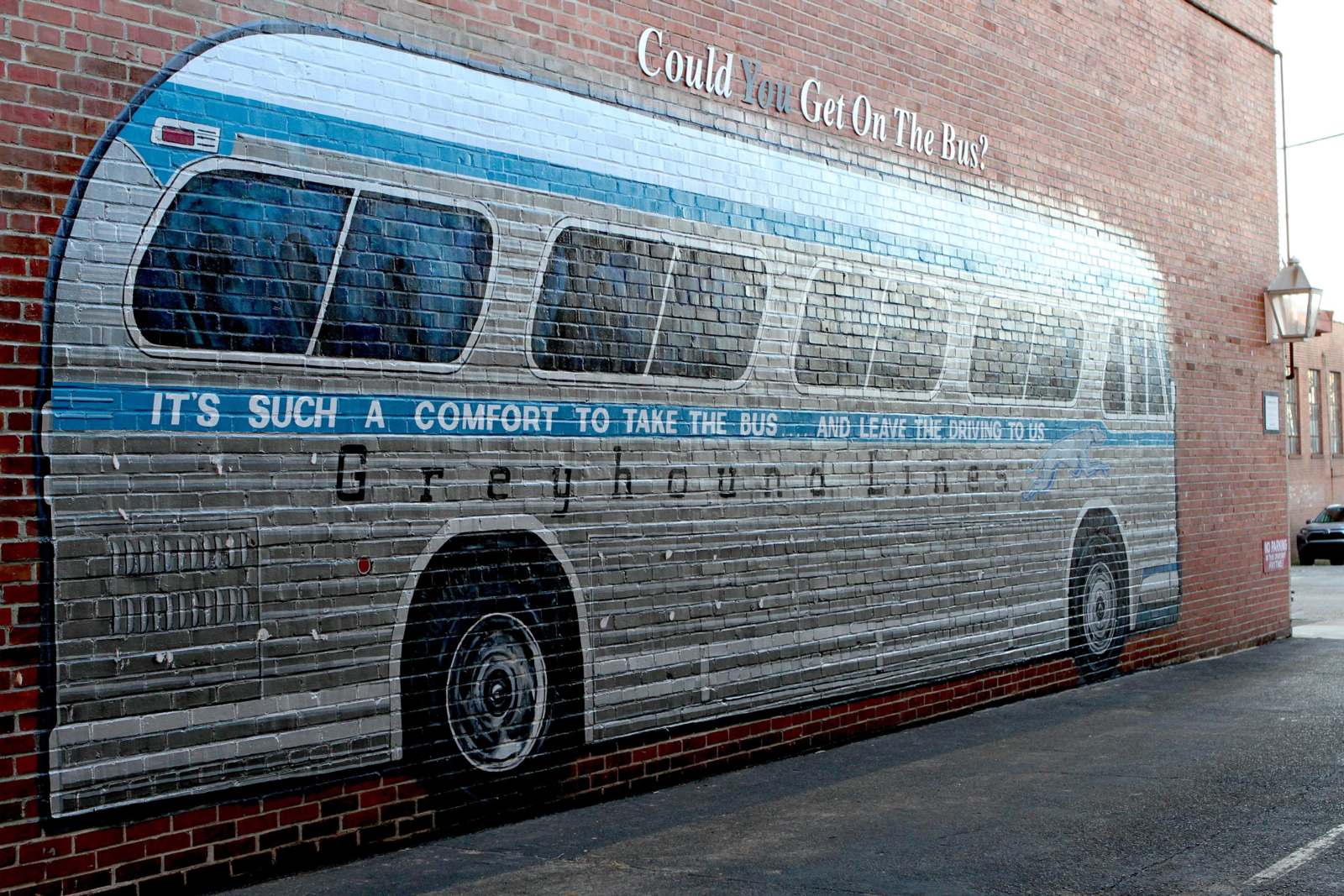Civil Rights Road Trip - Birmingham and Anniston
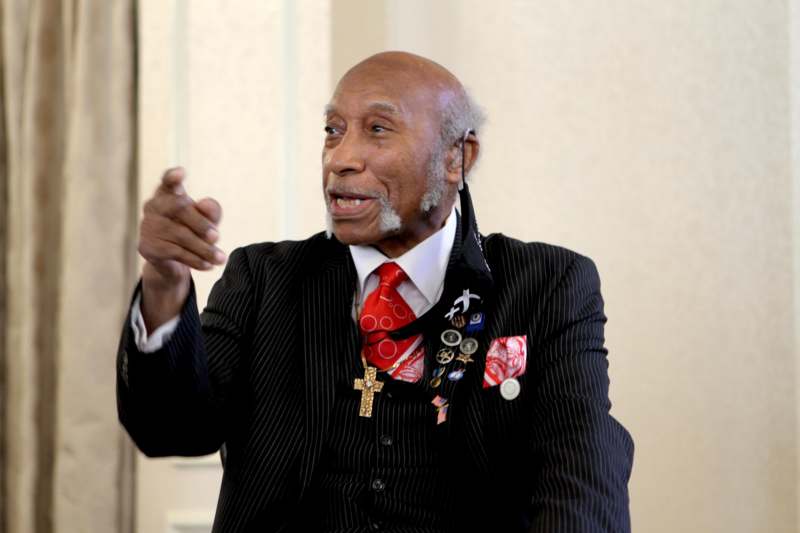
Dr. Jonathan McPherson was a chemistry professor at Miles College when he served as a bodyguard for Dr. Martin Luther King Jr. He described the work he did alongside King, and helped protect the civil rights leader when he stayed in Birmingham at a house on “Dynamite Hill.” The neighborhood was given that name, McPherson explained, because of the many bombing by the Ku Klux Klan.
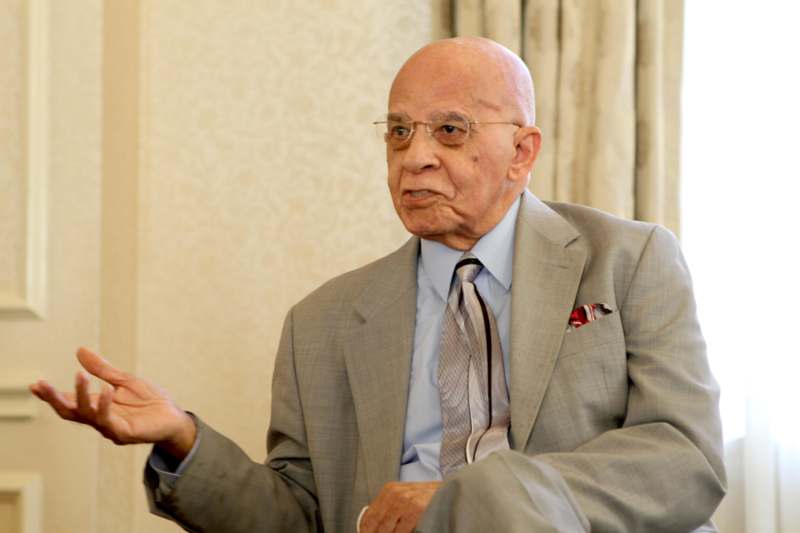
Dr. Richard Arrington was elected the first Black mayor of Birmingham in 1979, and served for 20 years. Arrington discussed how he focused on addressing police brutality while in office, and the importance of hiring more people of color to serve in important local government roles. Today, Arrington is a Miles College alumnus and serves as a Distinguished Professor.
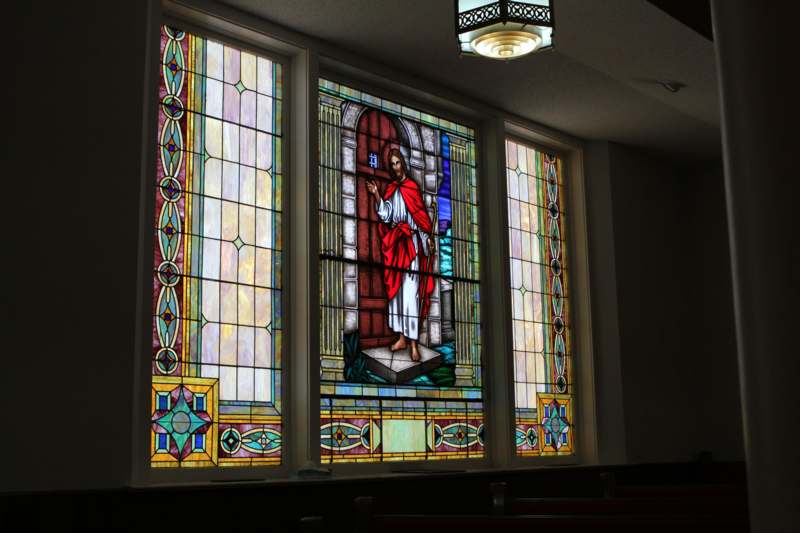
On the same side that the bomb went off, a large stained-glass mural of Jesus stands. Being on the same side as the bomb it should have been destroyed, but only the face of Jesus was damaged, leaving the rest of the mural intact. The tour guide explained that many believed that this happened because “not even God could look at what happened that day in 1963.”
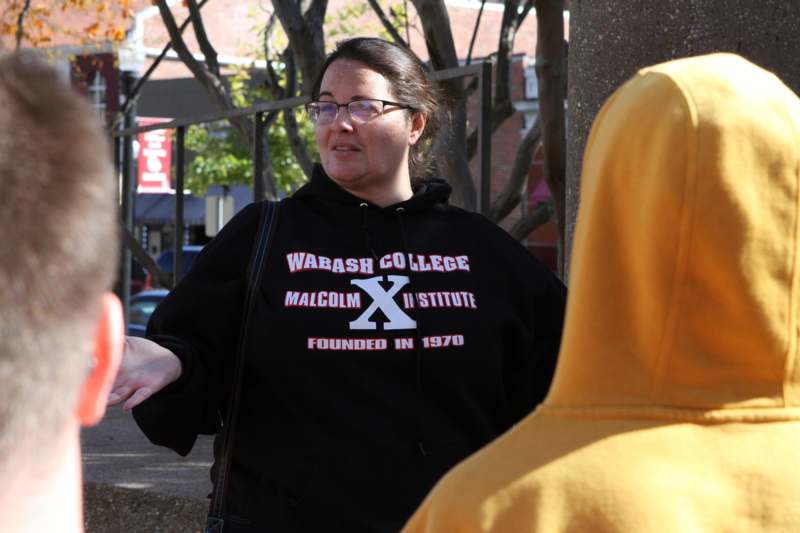
Dr. Shamira Gelbman, associate professor of political science, addresses students before a visit to the Birmingham Civil Rights Institute. Museum visitors can experience a rendition of a segregated city in the 1950s, as well as examine a replica of a Freedom Riders bus and even the actual jail cell door from behind which Dr. Martin Luther King Jr. penned his famous “Letter From Birmingham Jail.”
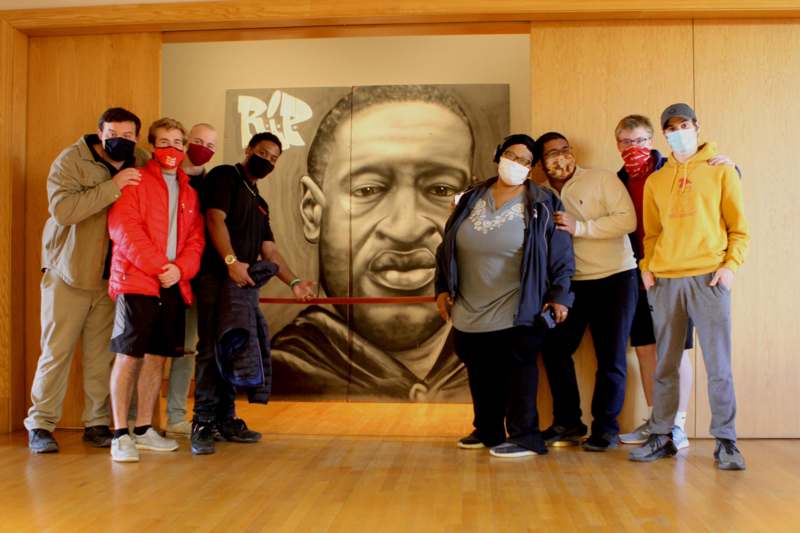
Students stop for a photo with a new George Floyd painting on display at the museum. Floyd was murdered in 2020 by a police officer in Minneapolis, Minnesota, during an arrest after a store clerk suspected he may have used a counterfeit bill. His death spurred nationwide protests against police brutality.

